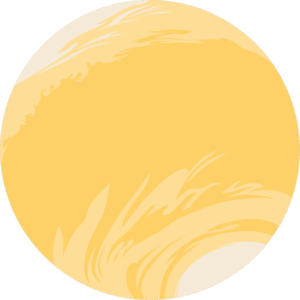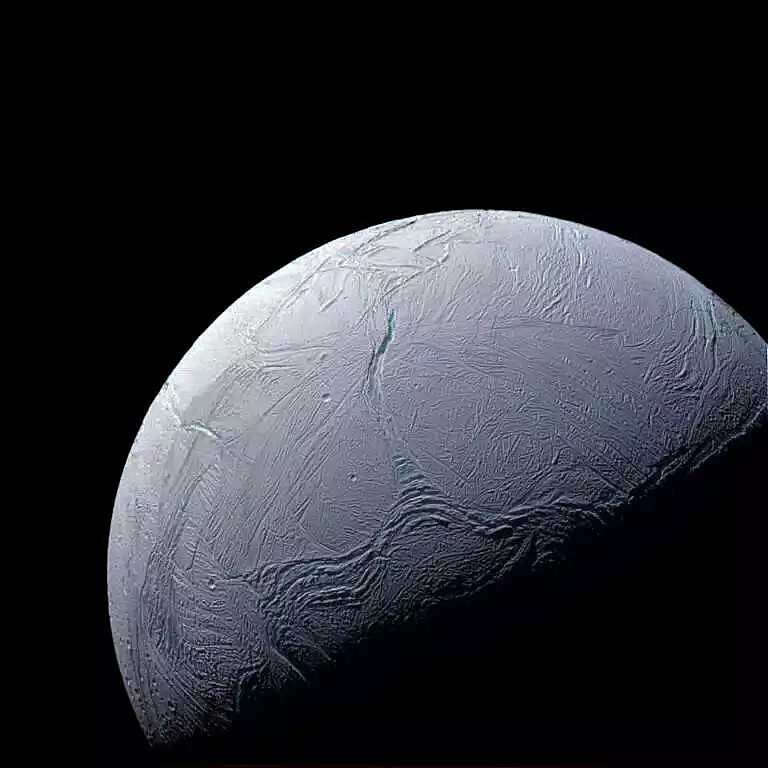The Downlink • Jan 05, 2024
Visions of Venus
Space Snapshot

A thick carbon dioxide atmosphere obscures the planet Venus. For centuries, astronomers who pointed telescopes at our cosmic neighbor only saw its clouds, which gave no hints about what might lie beneath. Only when we started exploring Venus with radar imaging and planetary spacecraft were we able to find out what its surface really looks like. This image, which shows the varied topography that hides beneath the clouds, is a composite created using radar imaging data from several missions that visited Venus: Pioneer 12, Venera 15 and 16, and Magellan. Image credit: NASA.
Fact Worth Sharing

Venus has over 80,000 volcanoes on its surface, more than any other world in the Solar System. New analysis of radar images from NASA's Magellan mission, which orbited Venus from 1990 to 1994, suggests that some Venusian volcanoes may still be active today.
Mission Briefings


Australia is celebrating space with a new coin. The Royal Australian Mint’s first minted coins for 2024 celebrate Australia's involvement in space. The Australian Space Agency, which officially formed in 2018, worked closely with the Mint to design the coin (pictured), which shows milestones like the launch of the first Australian satellite and the Apollo 11 Moon landing. Image credit: Royal Australian Mint.

India made the first launch of 2024, deploying an X-ray astronomy satellite. XPoSat, which launched on the morning of Jan. 1, will study neutron stars, black holes, and supernovae. The record for most launch attempts worldwide was broken in 2023 with 220 orbital launch attempts. India conducted seven of those launches, all of which were successful.
From The Planetary Society


Could there be life in the oceans of Enceladus? A space highlight of 2023 was the detection of phosphorus in the oceans of Saturn’s moon Enceladus. Phosphorus is a key ingredient for life on Earth, and this discovery marks the first time it has been found in an ocean off of Earth. Chris Glein, a lead scientist at the Southwest Research Institute, joins this week’s Planetary Radio to discuss the discovery and its implications for the search for life. Pictured: Enceladus imaged by the Cassini spacecraft in 2016. Image credit: NASA/JPL-Caltech/SSI/Justin Cowart.

Thank you! With the support of people like you, The Planetary Society exceeded our overall $100,000 year-end campaign match goal. We also met the flash match challenge issued by CEO Bill Nye on the last day of the year, unlocking an additional $7,500. If you haven’t yet contributed, there’s still time! Invest in the Planetary Fund today and keep our work going strong into 2024.
What's Up

Look for Jupiter shining high in the sky in the early evening, brighter in the sky than any of the nighttime stars. Yellowish Saturn is in the evening western sky. On Jan. 8, super-bright Venus will be near the crescent Moon in the predawn east. Find out what the rest of January's night skies have in store.
Wow of the Week

When we learn what a planet looks like, we’re able to depict it in new ways. This portrait of Venus' south pole was made by Canadian artist, retired teacher, and Planetary Society member Susan Gaby-Trotz using traditional rug hooking techniques. The piece was designed based on images from ESA's Venus Express spacecraft, showing the hot twin vortices at Venus’ south pole. Image credit: Susan Gaby-Trotz.
Send us your artwork!
We love to feature space artwork in the Downlink. If you create any kind of space-related art, we invite you to send it to us by replying to any Downlink email or writing to [email protected]. Please let us know in your email if you’re a Planetary Society member!


 Explore Worlds
Explore Worlds Find Life
Find Life Defend Earth
Defend Earth

